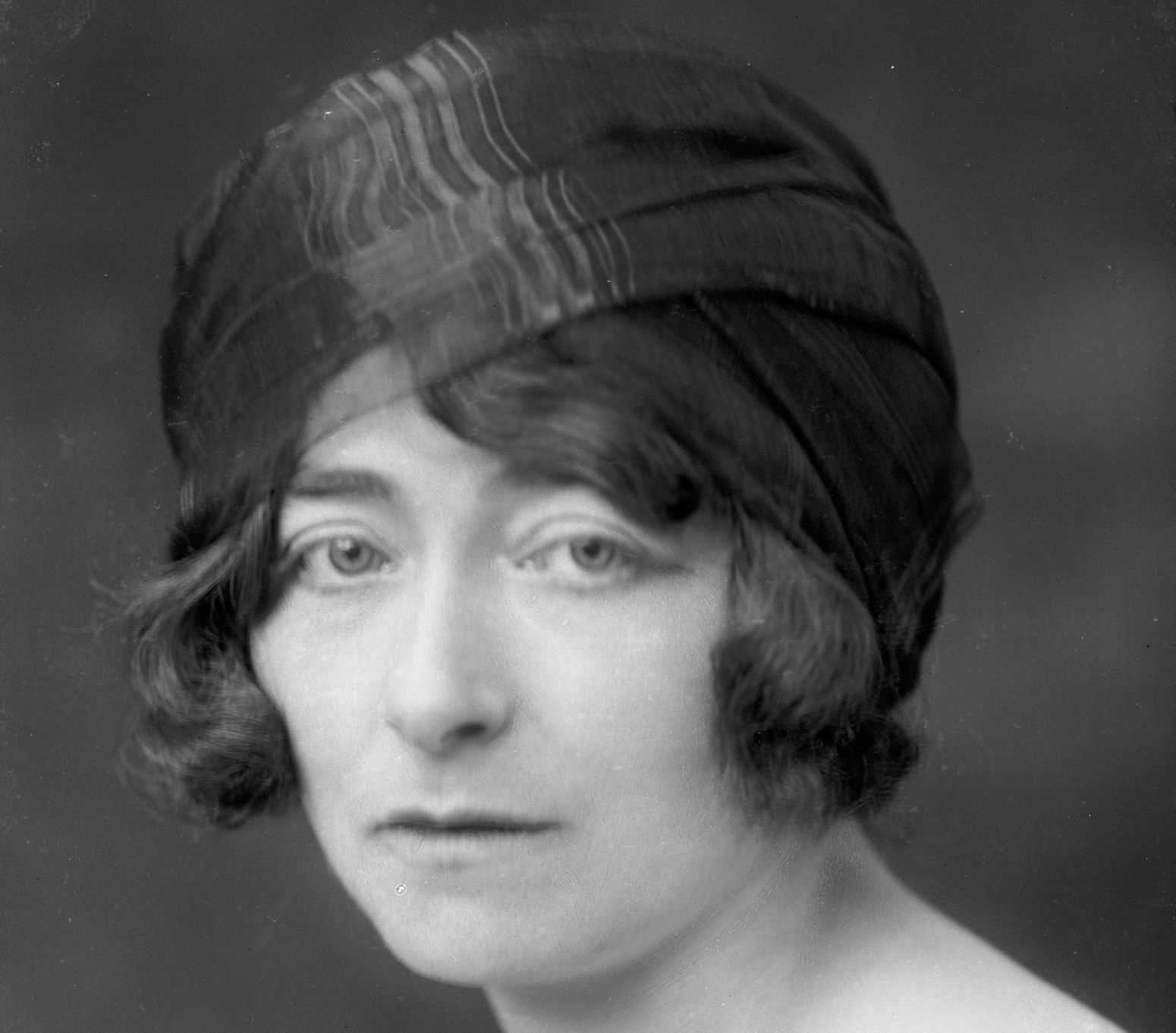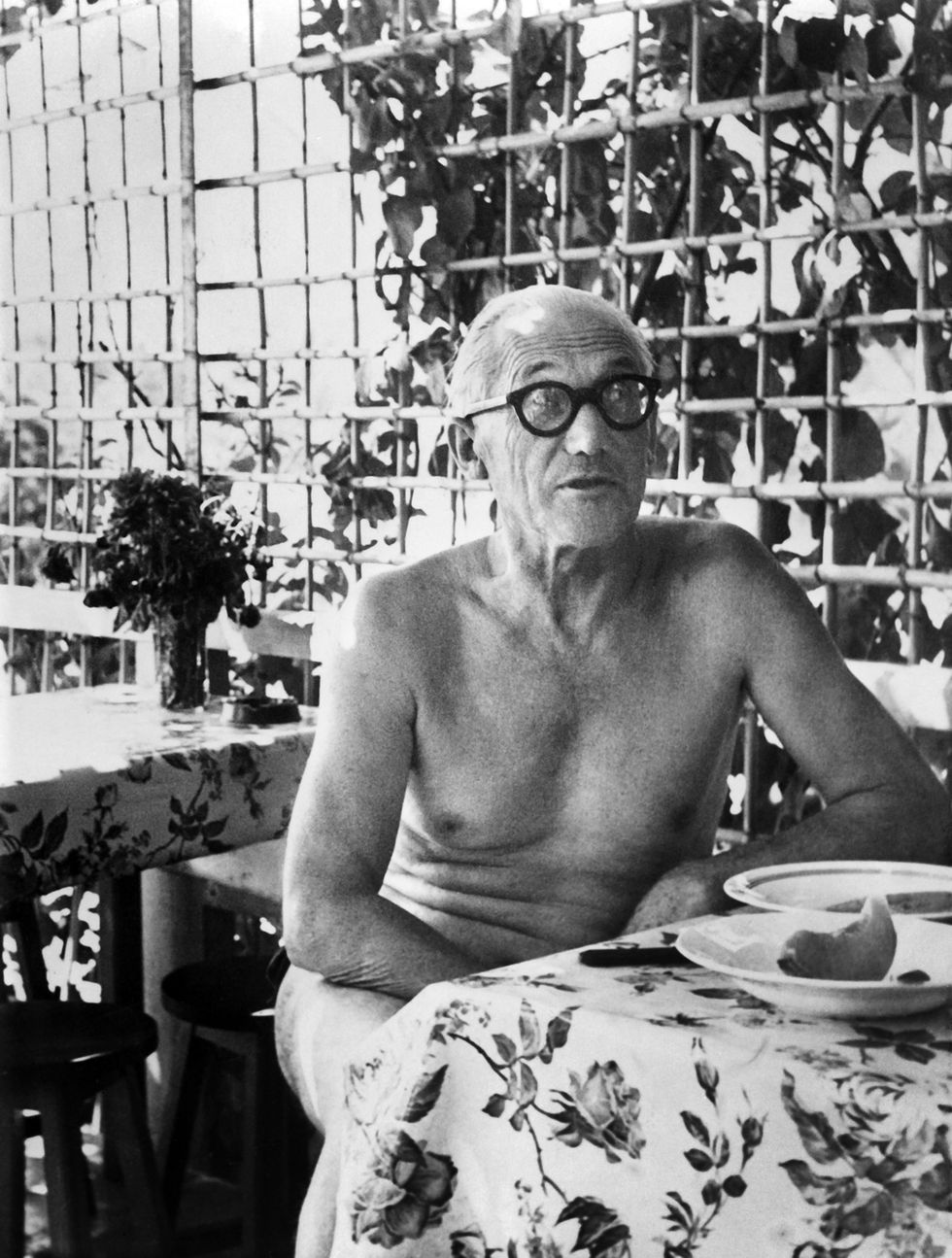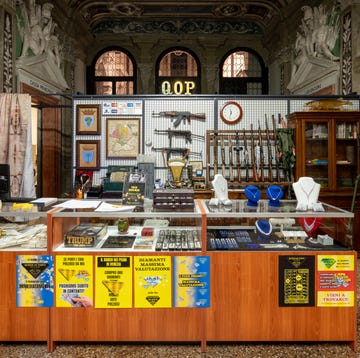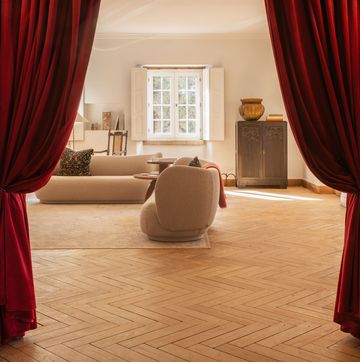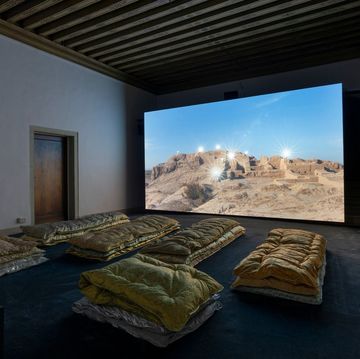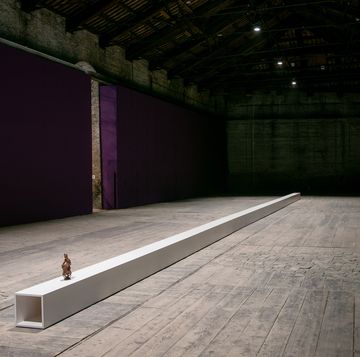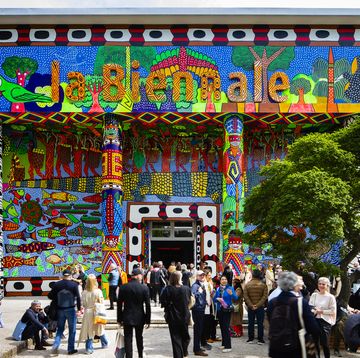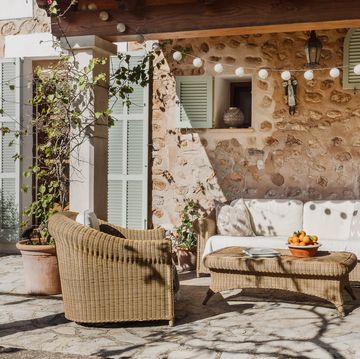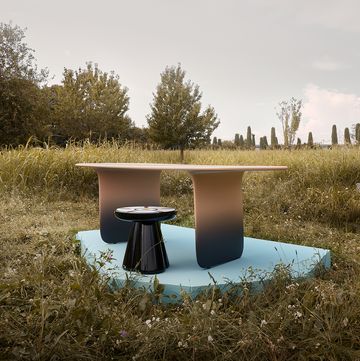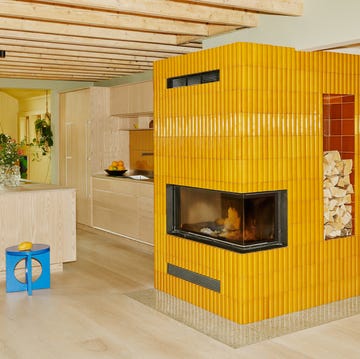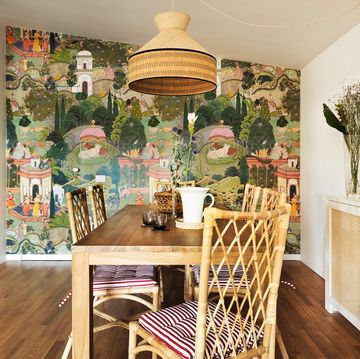Eileen Gray, an avant-garde designer, was first and foremost a free woman in the 20th century. A free-thinking spirit with financial and professional independence, she was sexually liberated in a time and place (Ireland, 1878) that often failed to recognize these characteristics in a woman.
Many would be surprised to learn, however, that Le Corbusier, one of the greatest figures in the history of architecture, played his own part in the oppression of Gray’s innovative creativity. It was out of jealousy, that the maestro once attempted to humiliate Gray, vandalizing and coloring the interiors of her E-1027: a modern villa on the rocks of Roquebrune-Cap-Martin in the French Riviera created for her partner, architect Jean Badovici.
Studying drawing and then painting in London, it didn’t take long for Eileen Gray to understand the path she had chosen wasn’t the right medium to best express herself. While in a store in the Soho neighborhood, the designer uncovered a new technique for lacquered furniture, an art she further pursued in 1907, when she moved to Paris to study with Japanese artisan Seizo Sugawara.
With modest beginnings, critics largely ignored the young woman in her attempts to carve out a career for herself in the male-dominated field. But as the years past, Gray continued perfecting her furnishings, mixing improbable materials between antique relics and innovative design.
Then, in 1919, things started to change as Suzanne Talbot, a famous celebrity on the Parisian fashion scene, commissioned the creative to decorate her personal sitting room. Gray not only crafted one of the most iconic examples of 1920’s decoration, but — in an era when women could aspire to become weavers or decorators at best — transformed the spaces with furnishings she designed herself.
Suzanne Talbot’s sitting room was an enormous success, and soon, even celebrities like James Joyce were asking for a piece signed by Eileen Gray. Flaunting essential and clean lines, the designer’s work drew the attention of some of the Modernist Movement’s leading figures, including Dutch artists associated with De Stijl and Le Corbusier.
However, it was Gray’s partner, Jean Badovici — an architect for the Cité Radieuse — who first believed in her abilities, pushing the aspiring creative to study architecture at the age of 46. Until then, Eileen Gray had never designed anything other than interior furnishings.
The result? The E-1027: an all-white residential abode resting over pilotis, which demonstrated a solid understanding of the era’s defining architectural practices and aesthetics.
“Everyone, even in a small house, needs to feel free and independent”, wrote Gray of the project. But the home was also a gift; a pure act of love dedicated to her partner Jean Badovici. To name the piece, she relied on letter-number coding, where the E stood for Eileen, 10 for the J of Jean, 2 for the B of Badovici, and 7 for the G of Gray.
The Irish designer wouldn’t begin work on the project until she had found the perfect slice of paradise, just a stone’s throw from the sea. Dedicating herself to the home for years, Gray searched for the best solutions to model spaces for a simultaneously isolating and freeing experience.
She would calculate everything: walkways, movements, and habits. Her research extended to include the ideal exposition for each room, the perfect view, the emotions created when moving from one space to the next, interiors, and the custom-made furnishings for relaxing, writing, or listening to music (like the adjustable E 1027 table, the Bibendum armchair, a day bed, and the neon Tube light). There was just one element Gray failed to calculate for: the arrogance of architectural maestro, Le Corbusier.
After her relationship with Badovici came to an end in 1938, Le Corbusier found himself in the home for a short stay. There, perhaps out of pure jealousy (he wished he had designed the home himself), the maestro photographed himself naked while painting eight murals across the immaculate walls. Among them, sexist drawings addressed Gray’s bisexuality (before Badovici, the designer had been in several lesbian relationships) and the nature of her relationship with her lover.
It wasn’t the first time Le Corbusier had taken to the walls of home in which he was invited. And although many were more than happy to find the architectural maestro’s marks in their own homes (Badovici was pleased to have the walls of his home signed by one of the greatest artists of all time), the E-1027 case took a decidedly different turn. So much so, that the story behind the cruel drawings even led to a film, The Price of Desire (pictured below).
During the war, E-1027 fell under German control, when it was sold to a heroin addict who brought the home to a state of ruin. Left that way until just a few years ago, the property finally underwent the meticulous renovation it deserved, returning to its former splendor.
